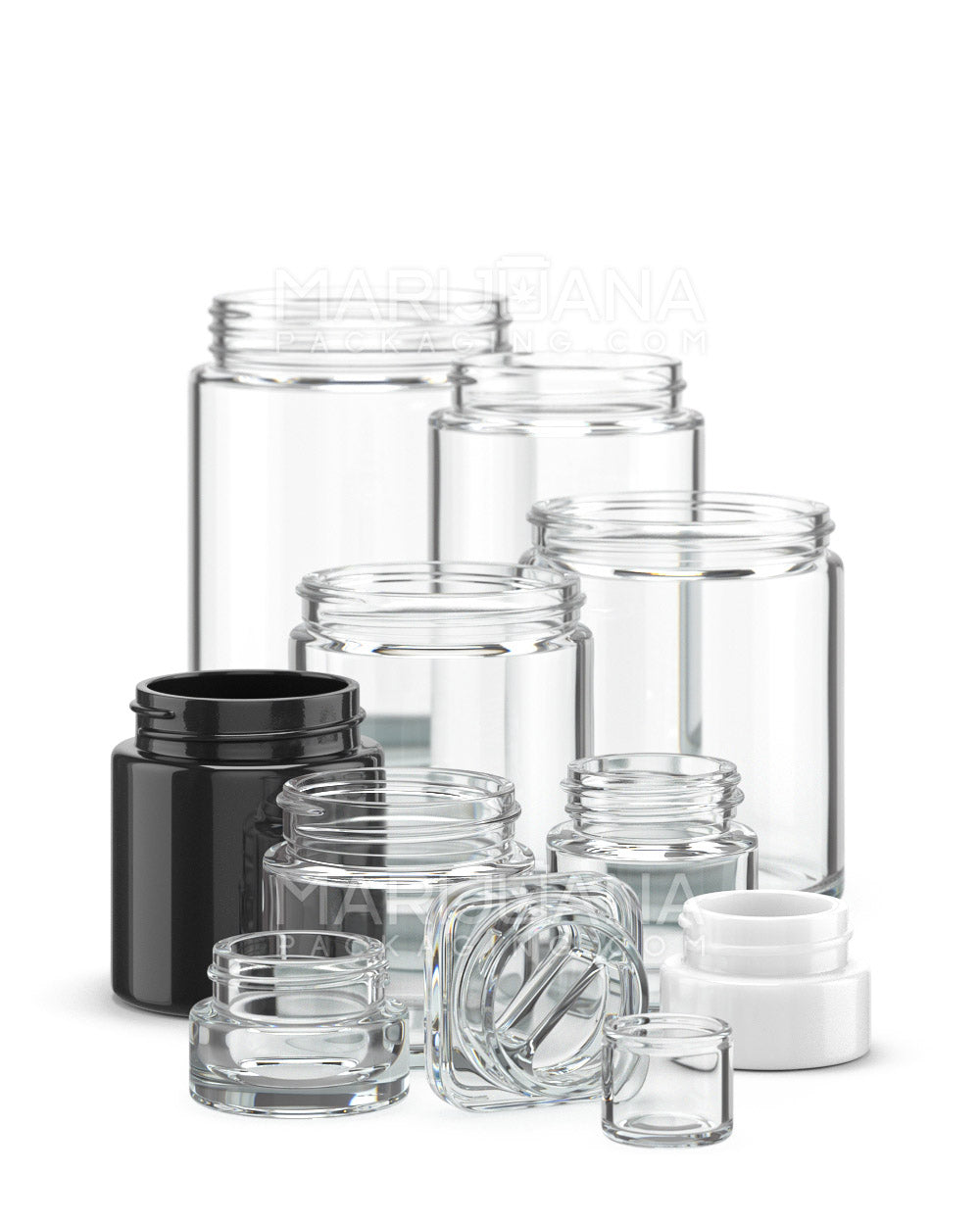Marijuana has become a hot topic, with its use for both medicinal and recreational purposes continuing to rise across the United States. But how much do we really know about the active ingredients in this fascinating plant? While most people are familiar with THC, the chemical that gives marijuana its psychoactive properties, there are actually hundreds of compounds in cannabis that contribute to its effects.
In this article, we’ll break down the different active ingredients found in marijuana, explain what they do, and discuss their potential benefits. Whether you’re a curious newcomer or a seasoned cannabis enthusiast, this guide will provide insights into the complex chemical makeup of marijuana.
Cannabinoids: The Main Players
At the heart of marijuana’s effects are cannabinoids, a group of compounds unique to cannabis. The plant produces over 100 different cannabinoids, each with its own characteristics and effects. Let’s take a closer look at some of the most well-known cannabinoids:
- THC (Tetrahydrocannabinol): Arguably the most famous cannabinoid, THC is responsible for the "high" associated with marijuana. It binds to receptors in the brain, affecting areas that control pleasure, memory, and coordination.
- CBD (Cannabidiol): Known for its therapeutic properties, CBD is non-psychoactive and is often used to alleviate pain, anxiety, and even certain types of epilepsy.
- CBG (Cannabigerol): Often referred to as the "mother of all cannabinoids" because other cannabinoids are derived from it. CBG is gaining attention for its potential in treating various medical conditions.
- CBN (Cannabinol): This cannabinoid is known for its sedative effects and is often found in aged cannabis. It’s being studied for its potential to aid in sleep disorders.
- THCV (Tetrahydrocannabivarin): Though similar to THC, THCV is known to have different effects, such as appetite suppression and potential use in diabetes management.
Terpenes: The Aromatic Companions
Terpenes are aromatic compounds found in many plants, including cannabis. They are responsible for the distinct smells of different strains and can also influence the plant's effects. Here are a few common terpenes found in marijuana:
- Myrcene: Often found in higher concentrations in indica strains, myrcene has earthy and musky notes and is known for its calming effects.
- Limonene: With a citrusy aroma, limonene is thought to elevate mood and relieve stress.
- Pinene: This terpene smells like pine and is believed to have anti-inflammatory and bronchodilator effects.
- Linalool: Known for its floral scent, linalool is thought to help with relaxation and anxiety.
- Caryophyllene: With a spicy, peppery aroma, caryophyllene is unique as it can interact with cannabinoid receptors, potentially offering anti-inflammatory benefits.
Flavonoids: The Unsung Heroes
Flavonoids are less-discussed compounds in marijuana but play a significant role in the plant’s characteristics. They contribute to the pigmentation, flavor, and aroma of cannabis, and they might also have therapeutic benefits:
- Quercetin: Found in many fruits and vegetables, quercetin has antioxidant and anti-inflammatory properties.
- Kaempferol: Known for its potential cancer-fighting properties, kaempferol is also found in broccoli and tea.
- Apigenin: This flavonoid is thought to have anti-anxiety and anti-inflammatory effects.
While research on flavonoids is still in its early stages, they are believed to work synergistically with cannabinoids and terpenes to enhance the overall effects of marijuana.
The Entourage Effect: Why It Matters
The concept of the "entourage effect" suggests that the compounds in cannabis work better together than in isolation. Imagine a symphony where each instrument plays a part in creating a harmonious piece of music. Similarly, cannabinoids, terpenes, and flavonoids interact to produce effects that are greater than the sum of their parts.
For example, CBD can mitigate the psychoactive effects of THC, making it more tolerable for some users. Meanwhile, terpenes like myrcene can enhance THC’s sedative effects, potentially making it more effective for those seeking relaxation or sleep aid. Understanding the entourage effect is crucial for both recreational users and those using cannabis for medicinal purposes.
How Different Strains Affect the Profile
Not all marijuana is created equal. Different strains have varying levels of cannabinoids and terpenes, which can significantly alter their effects. Here’s what you need to know about strain types:
- Indica: Typically higher in myrcene, indica strains are known for their relaxing and sedative effects, making them ideal for nighttime use.
- Sativa: Often higher in limonene, sativa strains are associated with uplifting and energizing effects, suitable for daytime activities.
- Hybrid: These strains are a mix of indica and sativa, offering a balanced experience tailored to the user's preferences.
The choice of strain can be personal and depends on the desired effects. Some might prefer a heavy indica for a restful night, while others may opt for a sativa to spark creativity during the day.
Methods of Consumption and Their Impact
How you consume marijuana can influence how these active ingredients affect you. Here’s a quick look at some common methods:
- Smoking/Vaping: This method provides immediate effects as the compounds are quickly absorbed through the lungs. However, the intensity and duration can vary based on the strain and user tolerance.
- Edibles: Consuming cannabis-infused foods or drinks results in a delayed onset but often longer-lasting effects. The liver processes THC differently, which can lead to more intense experiences.
- Tinctures: Placed under the tongue, tinctures are absorbed directly into the bloodstream, offering a middle ground between smoking and edibles in terms of onset and duration.
- Topicals: Applied directly to the skin, these products are used for localized relief without the psychoactive effects.
Legal Considerations and Safe Use
While marijuana is legal for medicinal and recreational use in several states, it’s important to be aware of the legal landscape. Federal law still classifies cannabis as a Schedule I controlled substance, which can create complications. Here are a few things to keep in mind:
- Check your state’s laws regarding marijuana use, possession, and cultivation.
- Understand any restrictions on the amount you can legally possess or cultivate.
- Be aware of where you can legally consume cannabis—public use is often prohibited.
Using marijuana responsibly is also key. Start with lower doses to gauge your tolerance, and avoid mixing with alcohol or other substances. Remember, safety first!
Research and Development: The Future of Cannabis
The field of cannabis research is ever-evolving, and scientists are continually discovering new ways these compounds can benefit us. Current studies are exploring how cannabinoids and other compounds can help with conditions such as:
- Chronic pain
- PTSD
- Multiple sclerosis
- Seizure disorders
As legalization expands and stigma diminishes, the potential for new discoveries and applications is on the rise. This ongoing research will likely lead to more refined and targeted cannabis-based therapies.
Final Thoughts
Marijuana is a complex plant with a wealth of active ingredients, each playing a role in its effects and potential benefits. From cannabinoids and terpenes to flavonoids, understanding these components can enhance your experience and help you make informed choices.
For those in the cannabis industry, the right packaging can set your product apart. With Gamut's expertise in packaging solutions, you can ensure your cannabis products are presented in the best light. Whether you need jars, bags, or custom designs, Gamut's full-scale packaging services have you covered, helping your brand leave a lasting impression in the market.



















